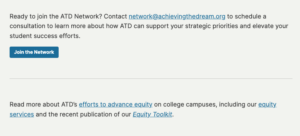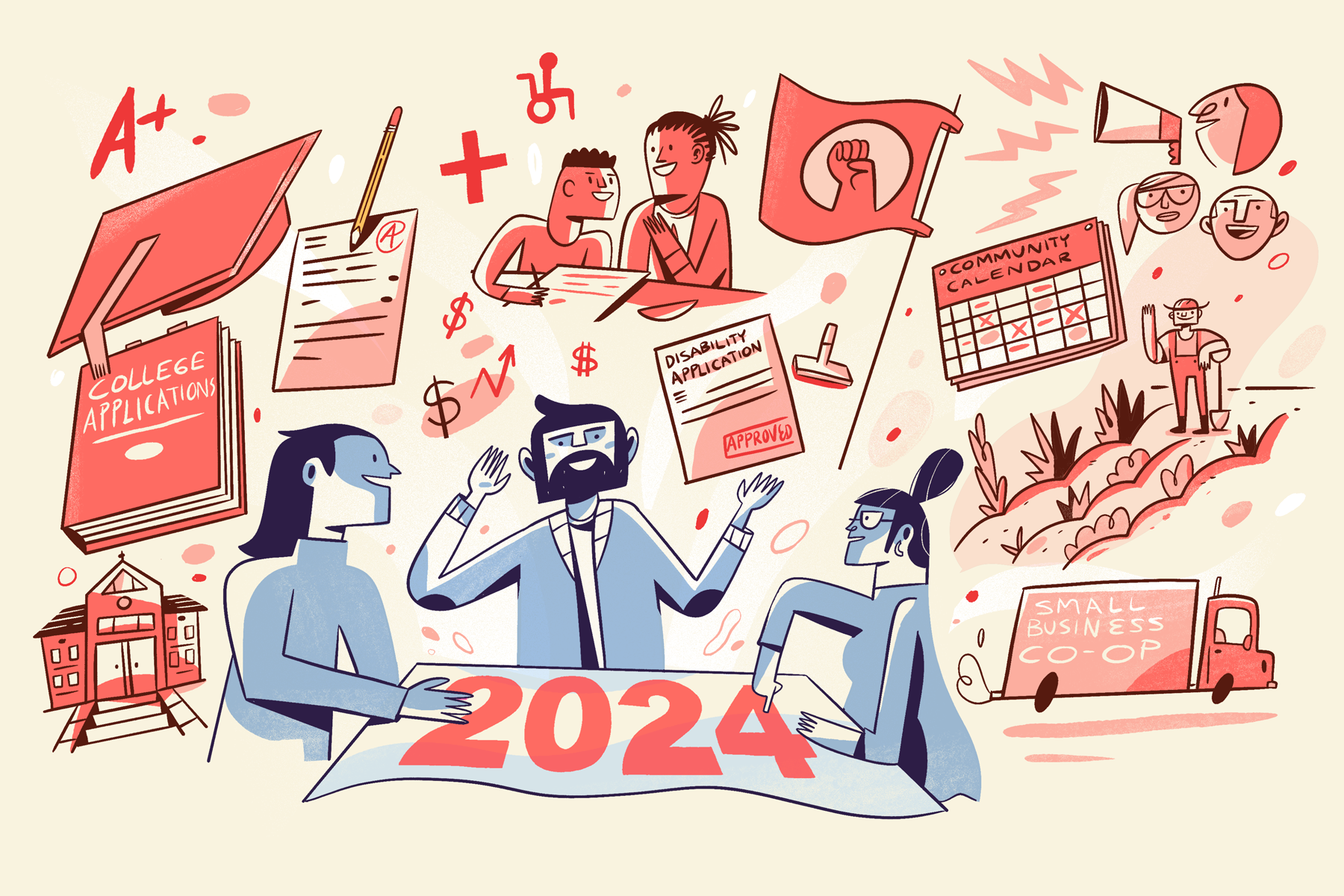
Structured Storytelling: 5 Ways to Deliver More Engaging Content
Imagine you’re a guest at a wedding, engaging in small talk with the person seated next to you. You ask them the standard “what do you do” question, and you get a rambling, stream-of-consciousness explanation that includes plenty of unnecessary details. As you try to follow along, you go from being genuinely interested to mildly confused to completely checked out. Eventually, you’re just waiting for the person to pause long enough for you to make your excuses and beeline to the restroom.
This intentionally dramatic, yet relatable scenario highlights a universal truth: Good storytelling is as much about how you tell the story as it is the story you tell. It’s true for individuals, and it’s true for organizations. Many social impact orgs are doing incredibly compelling work for underserved communities, but they’re not talking about that work in a way that is easily digestible or engaging. And unlike the face-to-face audience in the scenario, audiences we try to reach through email, social media, text campaigns, or other mass communication channels can simply scroll past anything that fails to grab their attention. Gone in 60 seconds. Usually less.
At Friday, we’ve worked with clients like Achieving the Dream (ATD) to give their stories structure – developing a framework that is clear and accessible to help their target audiences quickly understand what ATD is trying to communicate and why it matters to them. Here are a few key methods for adopting a structured approach to storytelling.
Determine the best way to “bucket” your storytelling. How might your organization group key parts of its story? Maybe by its focus area or by different types of stakeholders. Think of each of these groupings or buckets as mini stories with your unique value proposition serving as the connective tissue between them. While each story is designed to stand alone, creating intentional story buckets helps audiences (and your own team!) weave those individual stories together into a picture of your organization’s immense impact.
For an example of how this looks in action, ATD has developed three distinct story buckets that showcase transformational efforts happening at the community colleges in their network (Driving Toward Success), passionate leaders at the colleges who are championing that work (Voices of Transformation), and their own expert team members who help guide and support those leaders (Journey Leaders).
Give each story bucket its own sub-brand. Giving each story bucket its own name and visual style can help audiences identify them – whether seeing them in an email, a blog post, or a social post. (Consider dedicated hashtags for the latter.) Over time, they will come to recognize and remember the story brand and, by extension, your organization. ATD’s institutional leader spotlights, for example, are easily identifiable by their look and title, Voices of Transformation.
Create consistency in the content. The structure in structured storytelling isn’t just about how you bucket your stories; it’s also how you format them. As my wise colleague Elizabeth Cameron says, “Before people can engage with content, they have to learn how to engage with it. ” Keeping the same sections in blog posts that are part of a story brand, for example, can help readers know what to expect. While the focus of the blog posts may change, the format remains the same, ultimately creating a more cohesive narrative. Another benefit is that team members who are responsible for writing the posts have a clear, repeatable process to follow. Maintaining consistent formats for social graphics, newsletter sections, and webinar agendas can also help reinforce a cohesive experience for audiences, no matter how they consume your communications.
Use visual prompts to help break up content. Think back to that neverending story at the wedding. Skimmable headlines and summarizing intros are a couple of great ways to help audiences avoid that “where is this going” feeling. Taking the guesswork out of engaging with content significantly increases the likelihood that people will do just that. It will also decrease the likelihood they will get to the end and feel confused or misled.
Make sure stories support your calls to action. Every story serves a purpose and should be closely aligned with specific goals: Work with us. Invest in us. Spread the word about us. Once people are engaged – once they’ve stayed through the story – what do we want them to do? Whatever the next step or action is that we want audiences to take, it should be called out. Whether inviting them to learn more, sign up for emails, or make contact, keeping CTAs in mind when developing this framework will ensure that the end of each story is not the end of the road.













